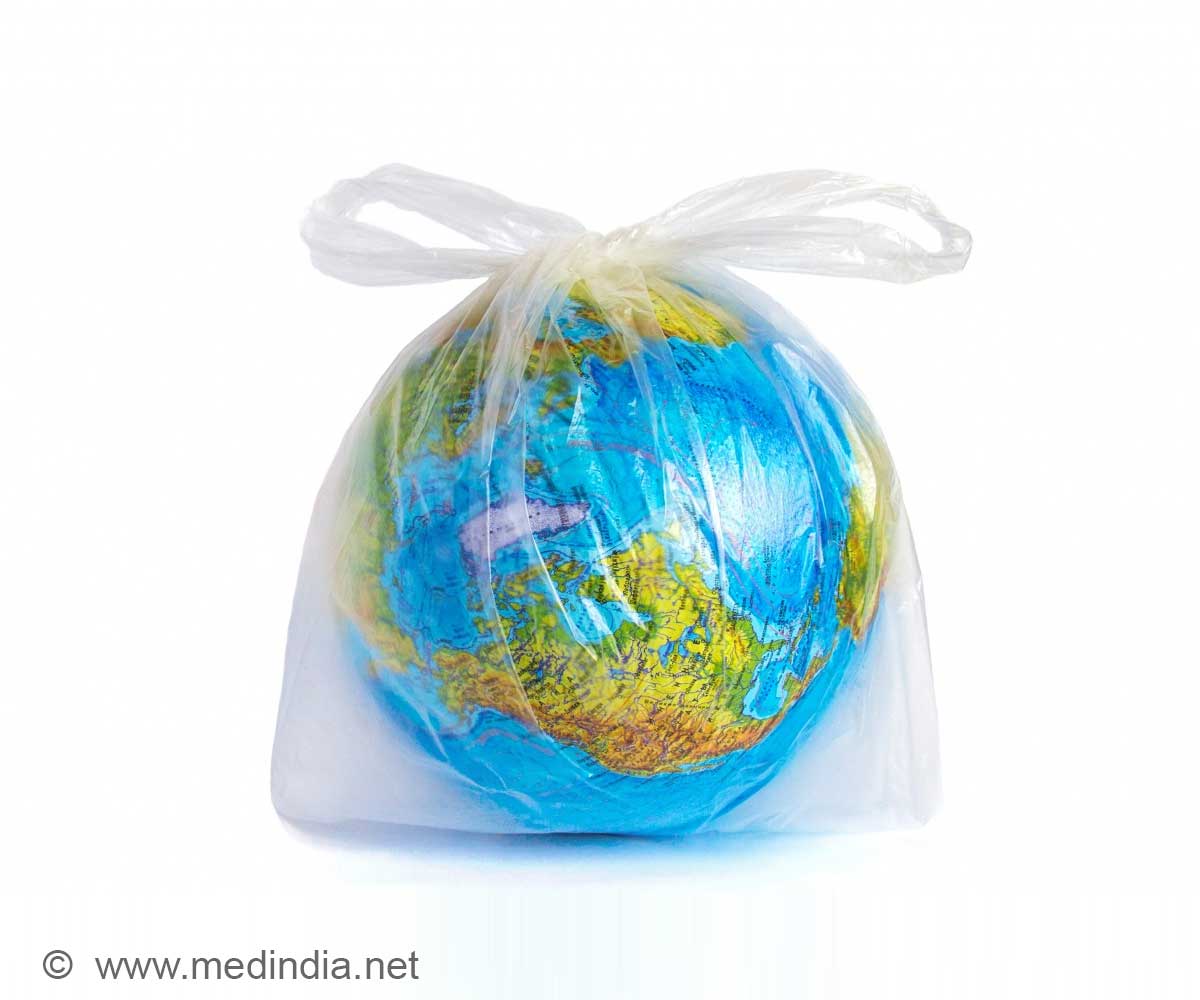Implementing a 5% annual reduction in plastic pollution may help stabilize the presence of microplastics in oceanic environments.

Slow biological microplastics removal under ocean pollution phase-out trajectories
Go to source). From human blood to testicles, to flora and fauna, microplastics have long been known as a significant environmental and health concern worldwide. To predict its impact on oceans, researchers at Imperial College London and GNS Science developed a model of eight different scenarios of plastic pollution reduction starting from 2026 up to 2100.
‘The UN Environmental Assembly (UNEA) seeks to pass a legally binding resolution aiming for the complete elimination of #plasticpollution production by 2040. #microplastics ’





Modeling Plastic Pollution Reduction Effects on Ocean Microplastics
The results, published in Environmental Research Letters, showed that a reduction in plastic pollution by more than 5 percent each year will stabilize and also prevent the increase of microplastics in the ocean. However, the modelling also predicted that even a yearly reduction of 20 percent will "not significantly reduce existing microplastic levels, meaning they will persist in our oceans beyond 2100”.Zhenna Azimrayat Andrews, from the Centre for Environmental Policy, Imperial College London noted that “stabilizing microplastic levels is the first step towards elimination’’ as they “never be a completely successful removal” from oceans.
“But the current global output of plastic pollution is so great, that even a 1 percent annual reduction in pollution would make a big difference overall,” added Zhenna.
Reference:
- Slow biological microplastics removal under ocean pollution phase-out trajectories - (https://iopscience.iop.org/article/10.1088/1748-9326/ad472c)
Source-IANS








